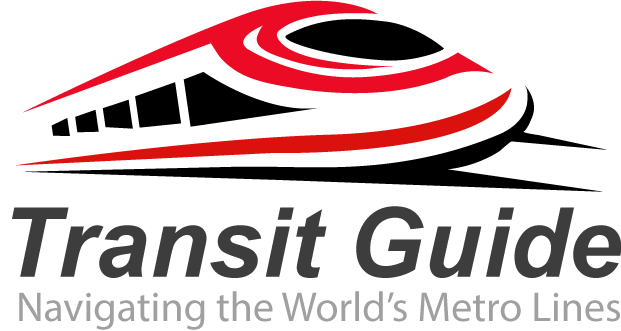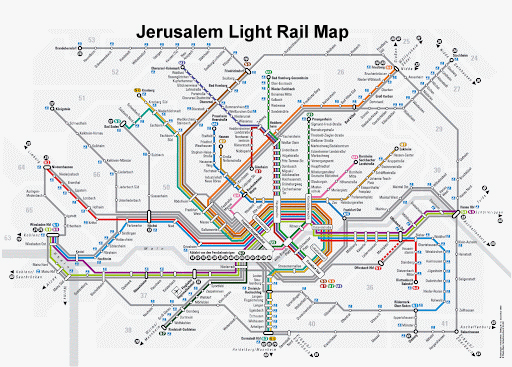The Jeddah Metro system represents a significant leap forward in public transportation for Saudi Arabia’s second-largest city. As part of the Kingdom’s Vision 2030 initiative, this modern rail network is designed to transform how residents and visitors navigate the bustling commercial hub of Jeddah.
Overview of the Jeddah Metro Network
The Jeddah Metro is an ambitious urban rail project that aims to connect key areas across the city, from the historic Al-Balad district to the modern business centers and residential neighborhoods. The system is being developed to reduce traffic congestion, improve air quality, and provide efficient public transportation for Jeddah’s growing population of over 4 million residents.
Key Features and Specifications
The Jeddah Metro network is planned to include multiple lines covering approximately 135 kilometers of track. The system will feature modern, air-conditioned trains designed to withstand the region’s hot climate while providing comfortable transportation year-round. Stations are being built with accessibility features, including elevators and facilities for passengers with disabilities.
The metro will integrate with other public transportation modes, including the existing bus rapid transit system and future transportation projects. This integrated approach ensures seamless connectivity across the entire city.
Major Stations and Routes
The Jeddah Metro will serve crucial destinations throughout the city, including:
- King Abdulaziz International Airport, providing direct airport connectivity
- The Central Business District with its major commercial centers
- Educational institutions and universities
- Healthcare facilities and hospitals
- Shopping malls and entertainment venues
- Residential areas in both north and south Jeddah
Technology and Safety Features
The Jeddah Metro incorporates cutting-edge technology, including automated train control systems, real-time passenger information displays, and modern ticketing solutions. Safety remains a top priority, with comprehensive security systems, emergency communication devices, and trained personnel stationed throughout the network.
Benefits for Commuters and Tourists
For daily commuters, the Jeddah Metro offers a reliable alternative to driving in heavy traffic. The system provides predictable travel times, reducing the stress of daily commuting while supporting environmental sustainability goals. Tourists will benefit from easy access to major attractions, hotels, and the historic UNESCO World Heritage site of Al-Balad.
Current Status and Future Development
The Jeddah Metro project is progressing as part of Saudi Arabia’s broader infrastructure development program. Construction phases are being implemented systematically, with initial segments expected to begin operations in the coming years. The project represents a substantial investment in the city’s future, supporting economic growth and urban development.
Planning Your Journey
As the system becomes operational, passengers will be able to access route maps, schedules, and fare information through official mobile applications and websites. The metro will offer various ticket options, including single journeys, daily passes, and monthly subscriptions to accommodate different travel needs.
The Jeddah Metro system promises to revolutionize transportation in this vital Saudi Arabian city, supporting both residents and the millions of visitors who arrive each year for business, pilgrimage, and tourism.

